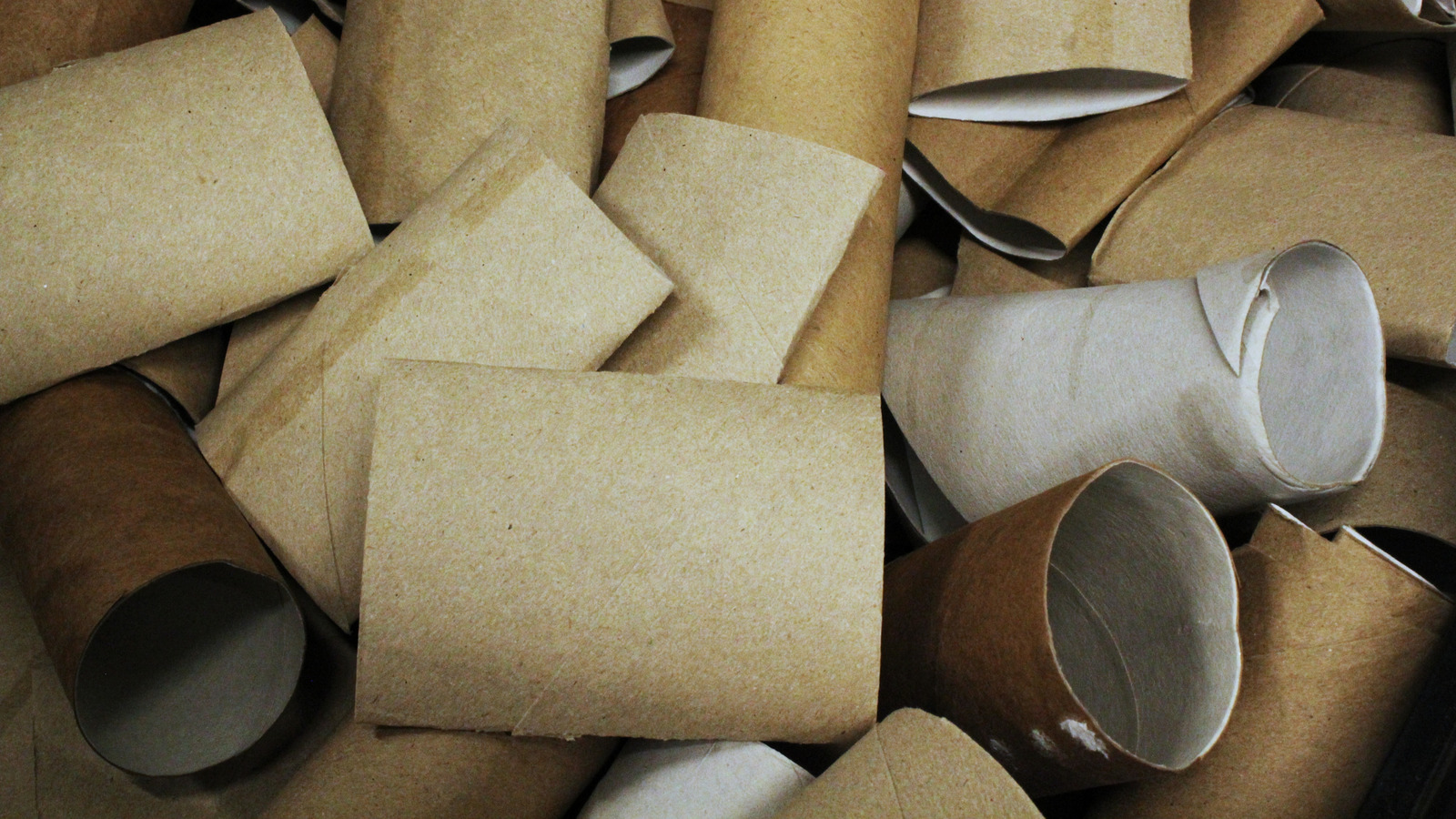
Are you interested in naturally keeping pests out of your garden? Utilizing toilet paper tubes for pest control is a component of an eco-friendly gardening approach known as Integrated Pest Management (IPM). This method involves using various pest control techniques to minimize reliance on pesticides. Transform this common household waste into traps for pests such as earwigs, ticks, and flying herbivorous insects, or employ the tubes as protective collars around plants. By partially burying them in the soil, they can deter pests like cutworms, borers, snails, and even rabbits. They are also effective as termite tests and fruit tree protectors.
The most cost-effective way to acquire toilet paper tubes for your garden is by saving those you use. Be sure to remove any leftover toilet paper and adhesive. Depending on your garden’s size and your pest control needs, you might need a significant number of tubes. You can ask neighbors, family, and friends, or purchase a bundle online for a low cost. For example, a Bargain Paradise 90 Pack of Thick Brown Cardboard Tubes is priced under $23. Ensure you store your toilet paper tubes in a sealed container on a high shelf to prevent them from being damaged by humidity or pests like silverfish, booklice, or rodents. Consider adding a moisture absorber to the container if you’re worried about dampness.
Use a toilet paper tube as a garden pest preventing collar
Many gardeners have long used toilet paper rolls to protect their plants from cutworms. This method has been prevalent in horticultural circles for over a century. These bothersome caterpillars, which are the larvae of moths, can damage seedlings by severing their stems. Crops like lettuce, cabbage, broccoli, beans, tomatoes, and carrots are particularly vulnerable. To protect them, cut toilet paper rolls into 2 to 3-inch sections, thread your seedlings through the tube, and push the cylinder a few inches into the soil. This collar acts as a barrier around the plant, safeguarding the stem. While toilet rolls won’t last long against the elements, by the time they degrade, your seedlings should be sturdy enough to survive cutworms.
This collar technique can also protect your plants from a variety of other ground-dwelling pests. Slugs and snails may find it challenging to reach your seedlings if they are enclosed within a 2 to 3-inch tall cardboard barrier. It is also effective against pill bugs. Use one or two full-sized tubes to shield the stems of both large and small plants from rabbits and other rodents. To fit them easily around taller or thicker vegetable stems, cut the tubes lengthwise. Another method is to bury the toilet tube sections into the ground and plant your seeds directly in them. This protects the sprouting seedlings from the start. If your seedlings continue to be eaten after placing the collar, a cutworm or other hungry creature might already be present in the soil near your plant.
Trapping, testing, and scaring outdoor pests using a toilet paper tube
Pill bugs sometimes feed on the roots and lower leaves of seedlings. They are drawn to dark, damp environments, so you can protect your plants with this tested method: trap them in a cardboard tube lined with Shurtape Double-Sided Duct Tape, which costs approximately $26 per roll. Similarly, trap earwigs by inserting folded paper towels into the cylinder. Alternatively, unravel a tube and roll it tighter, securing it with twine before placing it in your garden. If vine borers are plaguing your squash patch, wrap a flattened toilet paper tube around the stem’s base and tape it securely to prevent egg-laying.
For flying pests, coat a toilet paper tube with double-sided tape and hang it in an affected area of your backyard to catch them. You can also create tick tubes by filling toilet paper tubes with cotton balls soaked in DURVET 2253432 Permethrin EC 10% Concentrate (priced around $28 for a 32-ounce bottle) and placing them safely around your yard. Mice will take the cotton to their nests, killing ticks and reducing the overall tick population. If you suspect a termite problem, bury toilet paper tubes around your yard. Dig them up after a few days, and if termites have gathered inside, attracted to the cellulose in the cardboard, you indeed have a problem. Additionally, create pest scarers by covering empty toilet paper rolls with aluminum foil, threading twine through one end, and hanging them in your fruit trees to deter hungry birds and mammals.






